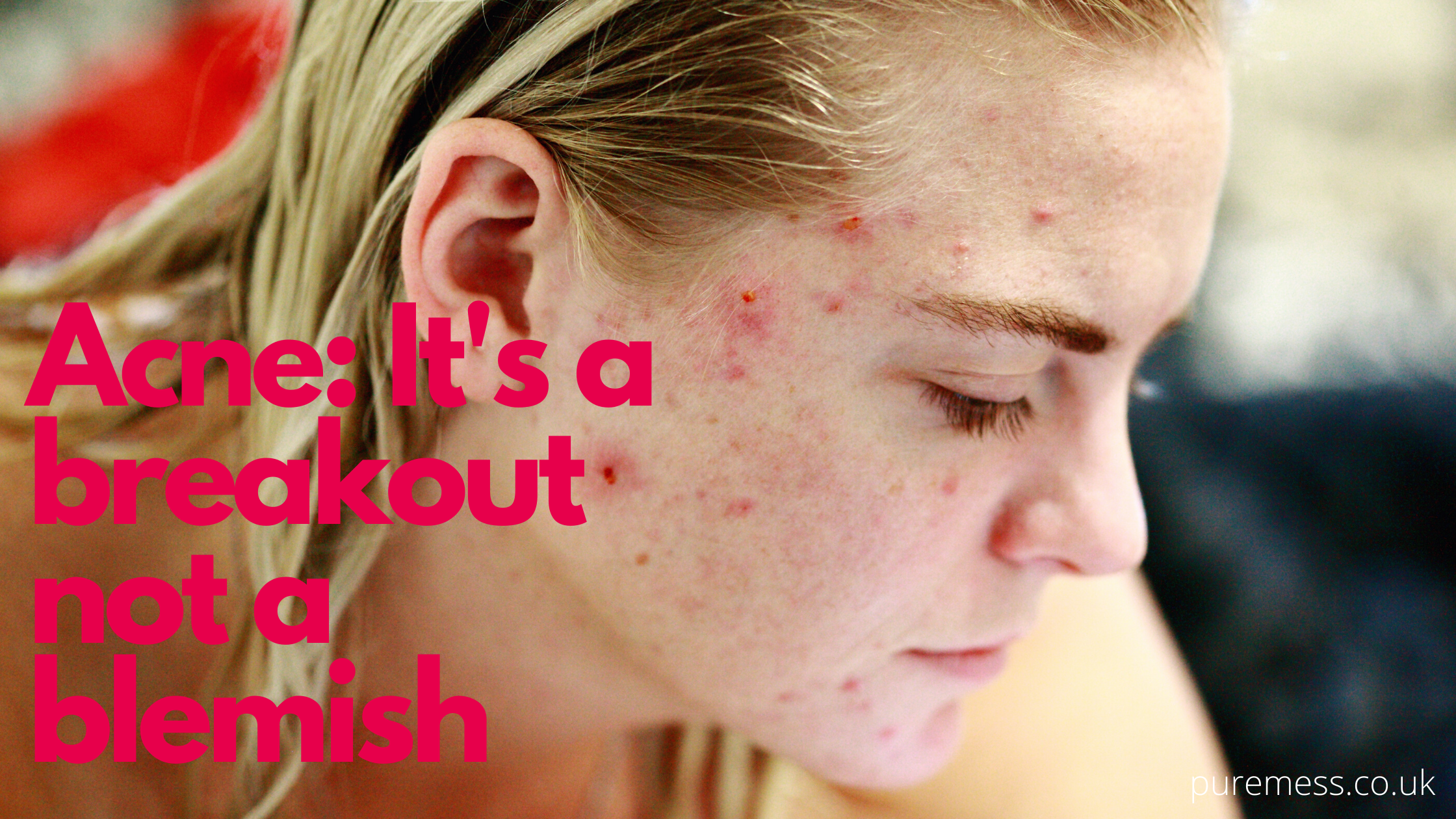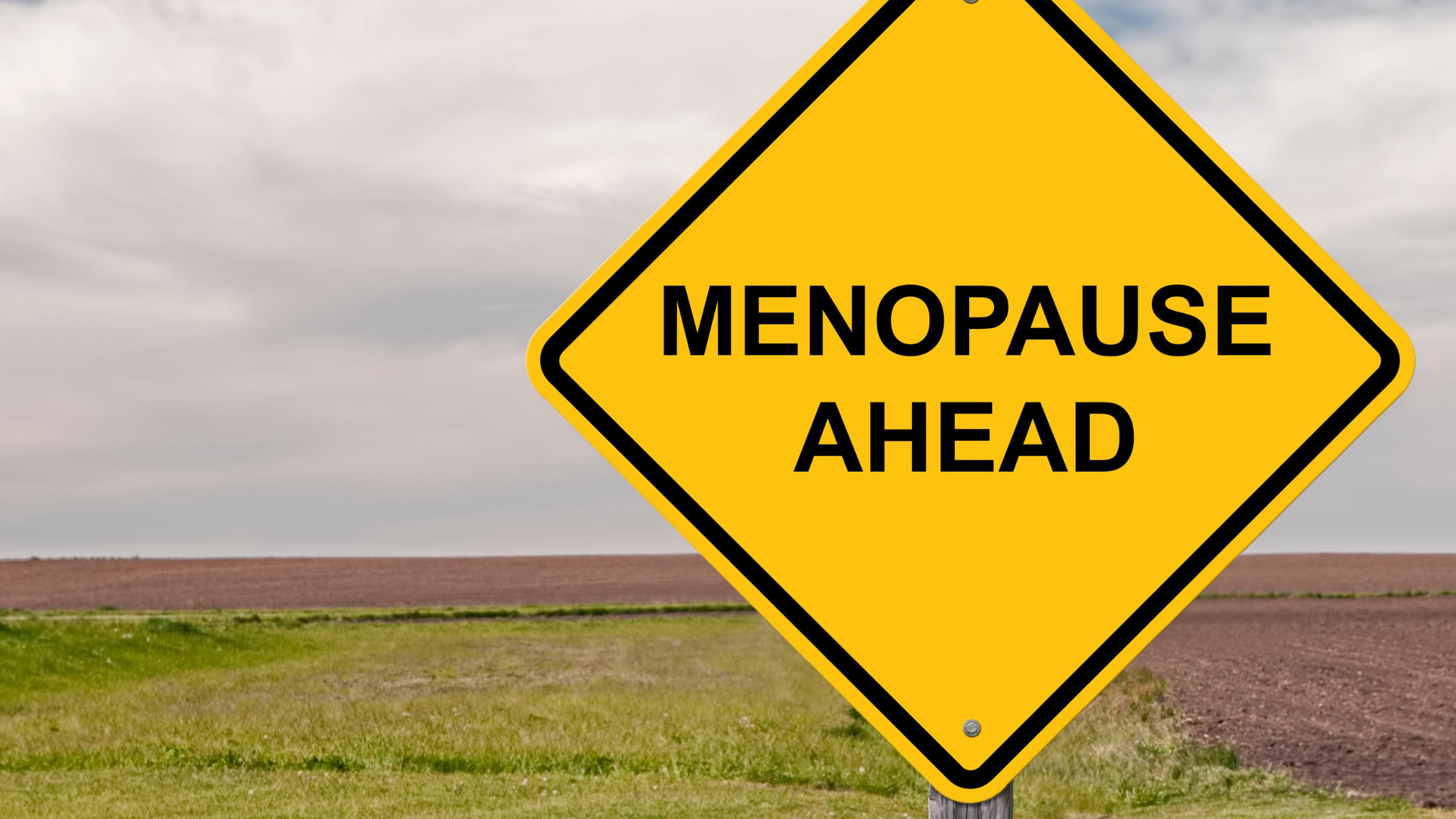
Acne in Adulthood: The Realities and Remedies
Even in my thirties, I faced the reality of acne flare-ups, particularly during the early stages of two of my pregnancies. It was a stark reminder that acne is not just a teenage affliction.
Understanding Acne: More Than Just a Spot Acne ranks as one of the prevalent skin issues affecting both children and adults. It manifests in forms like blackheads, whiteheads, pus-filled blemishes, and even painful cysts. Notably, non-inflammatory acne doesn’t swell and appears mainly as blackheads or whiteheads. On the other hand, inflammatory acne is responsible for larger, painful, swollen outbreaks.
While acne typically kicks off during puberty, its intensity varies. For some, it's just a few spots on the face, shoulders, and back. But for others, it's a severe condition that could potentially scar, denting one’s self-confidence.
Causes of Acne: Why Do We Get Them? Sensitive sebaceous glands are usually the culprits, reacting to certain hormones and producing excess oil. This oil then combines with dead skin cells, leading to blockages in the follicles. When these clogged follicles become infected with skin bacteria, more pronounced cysts can emerge. Although genetics play a role, acne can often appear for myriad, unexplained reasons.

How is acne treated?
Treatments: What's Out There? The market is rife with over-the-counter acne solutions, many of which are chemical-based, causing irritation and dryness. From creams to lotions, oral antibiotics, and even contraceptive pills, the array of treatments is vast. Some individuals also experiment with light and laser therapies, though the outcomes vary.
Emotional Impacts: Beyond the Skin's Surface The emotional toll of acne often eclipses its physical impact. A decline in self-esteem, shifts in body image, and social anxiety are common repercussions. For instance, individuals might hide behind long hair, adopt specific clothing styles, or even experience anxiety and depression.

Self-Care
-
Natural Self-Care for Acne Skincare perspective plays a pivotal role. Viewing acne as temporary breakouts, rather than permanent blemishes, helps in fostering a healthier self-image.
-
Do’s:
- Establish a gentle skincare regimen using natural products.
- Adopt the practice of cleansing with our soothing Oat & Mandarin Cleanser, always using a fresh cloth for removal.
- Embrace light exfoliation methods like konjac sponges.
- For facial masks, check out our 'Face Mask for Acne' blog for DIY recipes.
- Incorporate floral waters and lightweight moisturizers like jojoba, melon, or evening primrose oils.
- Go for make-up products labeled as ‘non-comedogenic’ or ‘non-acnegenic’.
-
Don’ts:
- Avoid picking at acne.
- Steer clear of harsh scrubs and synthetic fragrances.
- Limit dairy intake and processed foods as they might trigger acne.
-

A Reality Check on Modern Beauty Standards Our digital era, with its barrage of Photoshopped images and ideal beauty standards, can distort self-perception. Most online content paints an unreal picture. It's crucial to foster self-love and challenge these unattainable benchmarks.
In the end, everyone is more engrossed with their insecurities than analyzing yours. Your worth isn’t defined by skin breakouts. Embrace and celebrate your unique skin journey.


